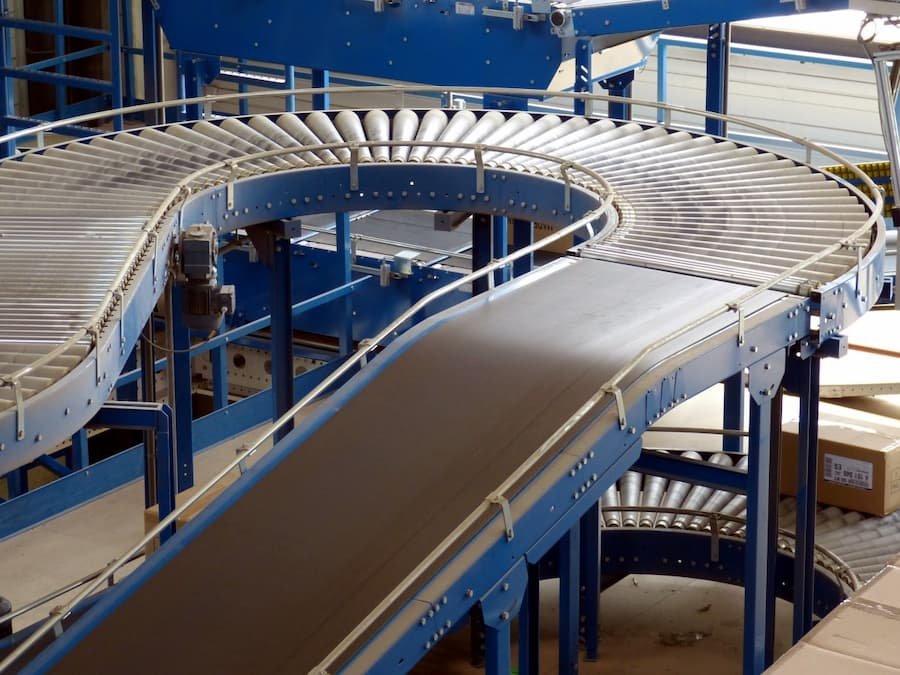Conveyor belts have been around for many years and continue to be one of the most important inventions. How did conveyor belts get invented and how do they work?
The idea of a conveyor belt is not new. In fact, it was first used in the 18th century to speed up the loading and unloading of ships in port. Then in 1892, Thomas Robbins designed a conveyor belt system to move large quantities of coal and ore. However, it was not until the Industrial Revolution that the conveyor belt became widely popular and used in factories.
The Industrial Revolution helped to establish the idea of automation and mass production which made conveyor belts a necessity for factories.
Conveyor belts are now being used in warehouses, hospitals, universities, and other places where they can be helpful to move items around efficiently without any human labor involved.
The Challenges & Opportunities that Conveyor Belts Present for the Future of Manufacturing
Conveyor belts have been around for over a century and have been used to move materials in factories. They are also a major part of the industrial revolution and the introduction of automation. You can see different types of conveyor belts on fluentconveyors.com. Over the years, conveyor belts have been improved greatly to become more reliable and of higher quality; but what does the future hold for these important inventions?
Conveyor belts may be a great invention, but they are not without their challenges and opportunities. Here are some of the problems that affect conveyor belts today.
Conveyor belts have a tendency to wear out with time and lose their qualities over time. This means that more parts need to be replaced which can be costly and time-consuming.
The advantages that conveyor belts present for the future of manufacturing are that they can handle high-volume production, they provide high accuracy, and they can be used with automation.
How Machine Learning Is Revolutionizing Manufacturing with the Help of Artificial Intelligence
Machine learning is the most important technology in the industrial revolution. It has been used in manufacturing since the early 2000s and has been improving steadily with time. Due to the use of machine learning, AI can analyze data and make predictions that can be used for better manufacturing processes.
The use of machine learning in manufacturing is changing the way that businesses operate. The industrial revolution has brought about a lot of change to many industries including manufacturing, but it is not going to stop there. Machine learning will continue to change how businesses operate and revolutionize them in ways we cannot even imagine yet.
Machine learning has many advantages such as lower cost, faster time to market, less time for human intervention, and improved quality control. The costs of implementing machine learning are also not very high because they are based on cloud computing and algorithms rather than human labor.
Cases of machine learning in the manufacturing industry include improving production processes, reducing costs, and increasing quality control.
The world has gone through a massive transformation from the Industrial Revolution to the digital age. However, one of the most important inventions of this revolution has remained—the conveyor belt. Conveyor belts are an essential part of automation and mass production, which helped shape and improve the manufacturing industry significantly.
In the future, conveyor belts will be more complex and versatile than they are right now. They will also be programmable so that they can handle different materials with ease and handle situations where items need to be picked up by humans.
Read also: 9 Ways to Reduce Your Food Manufacturing Costs

